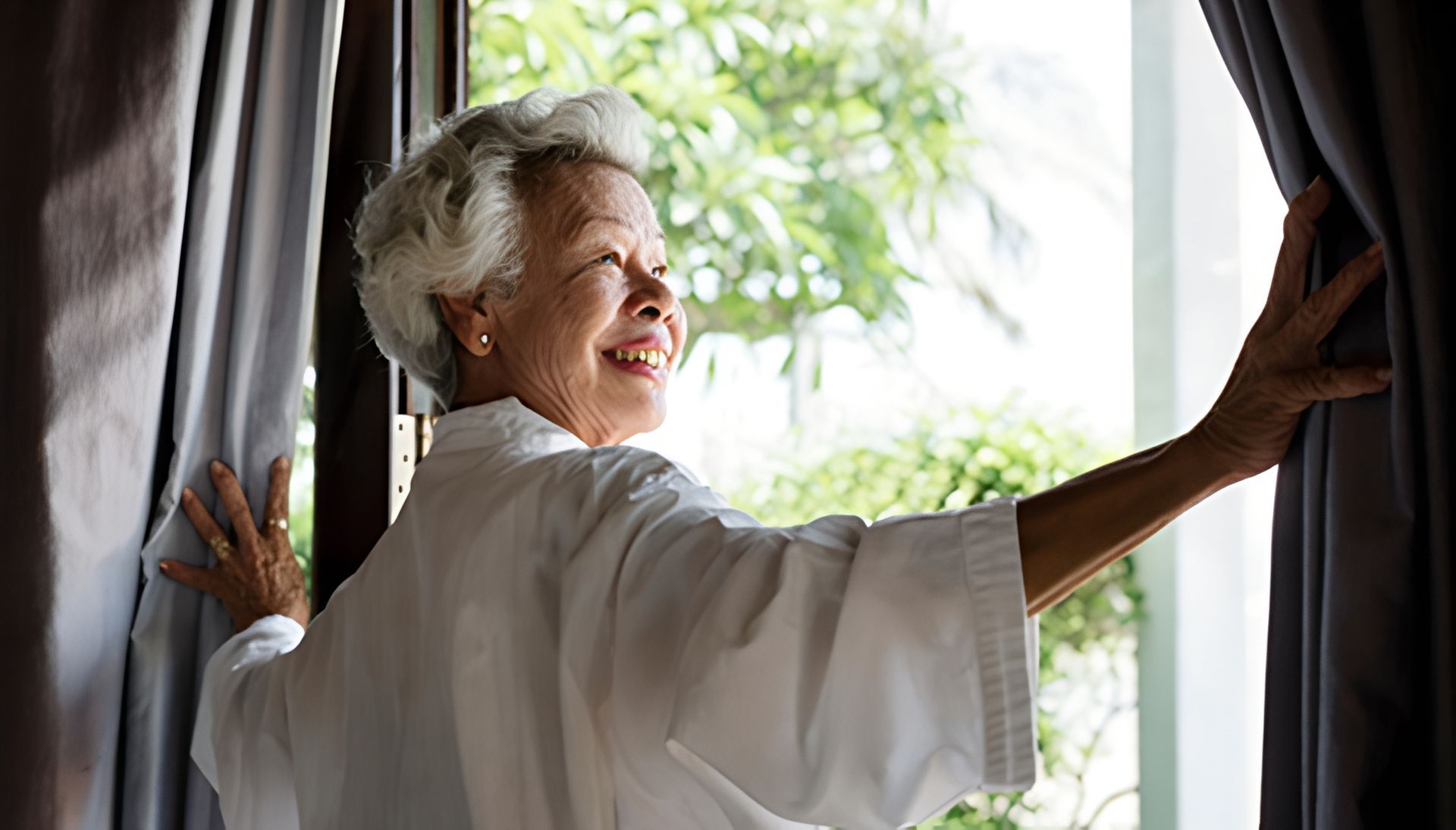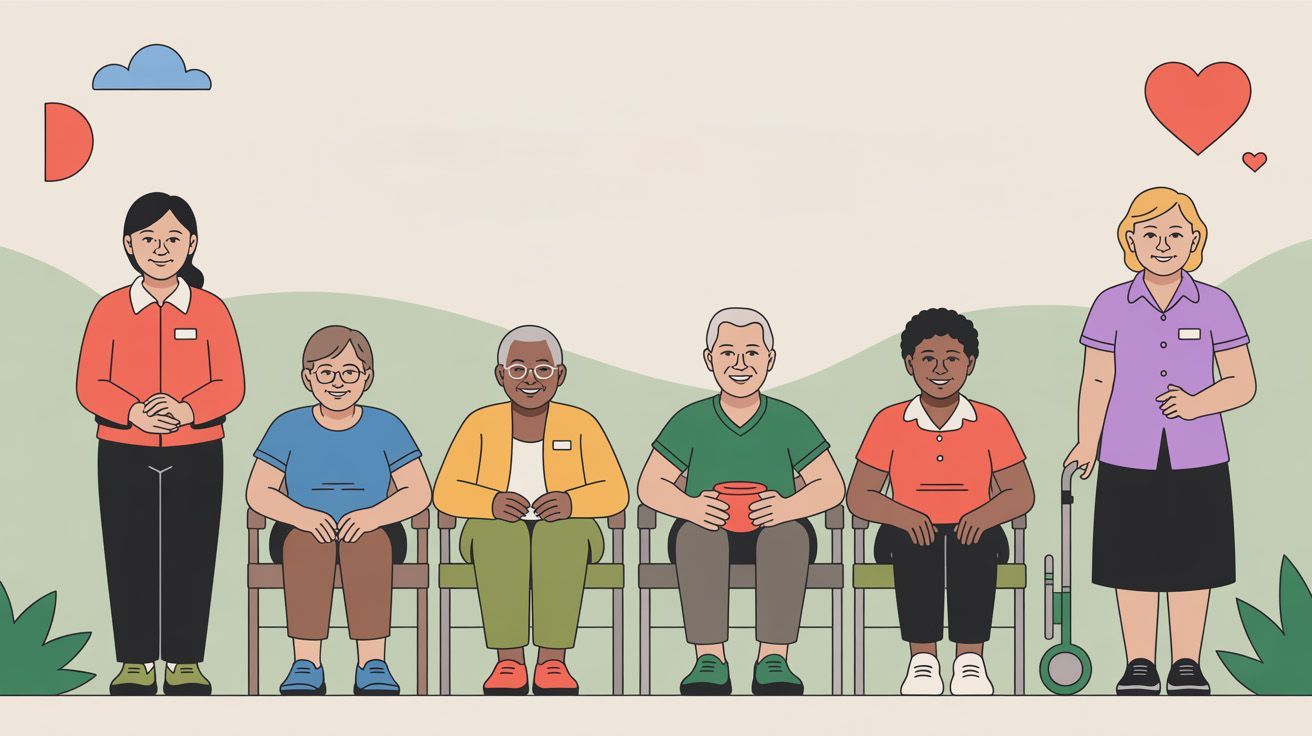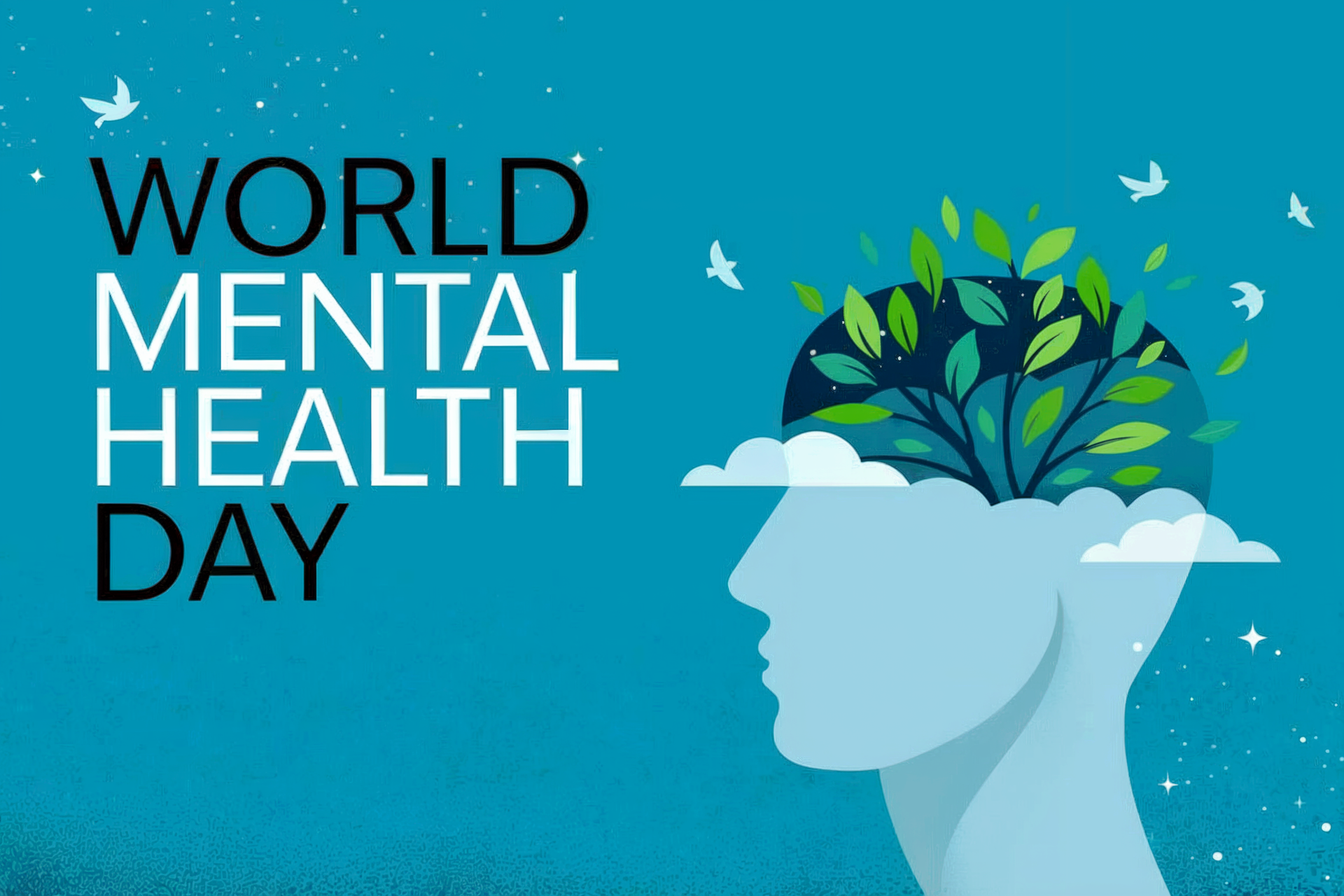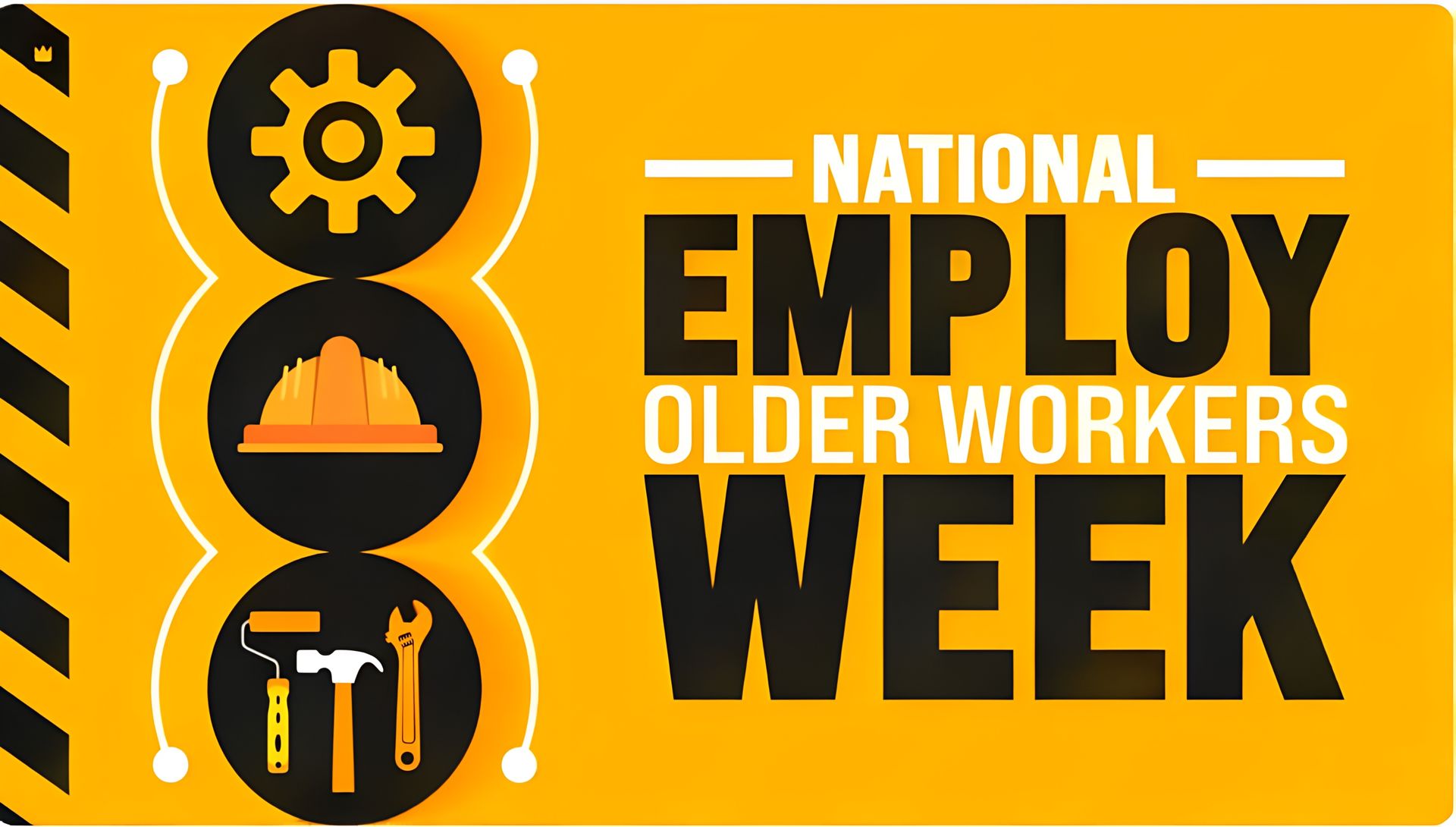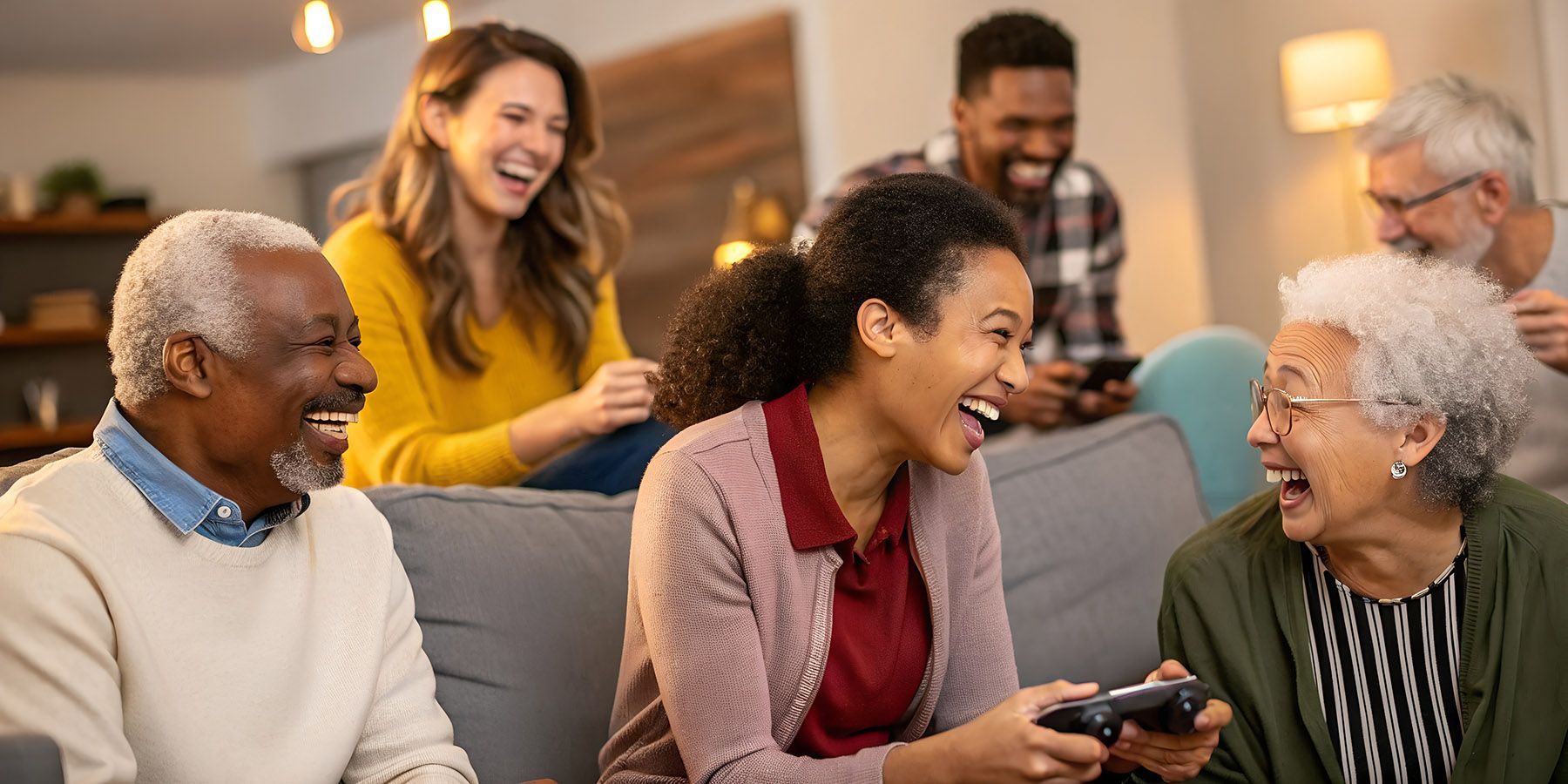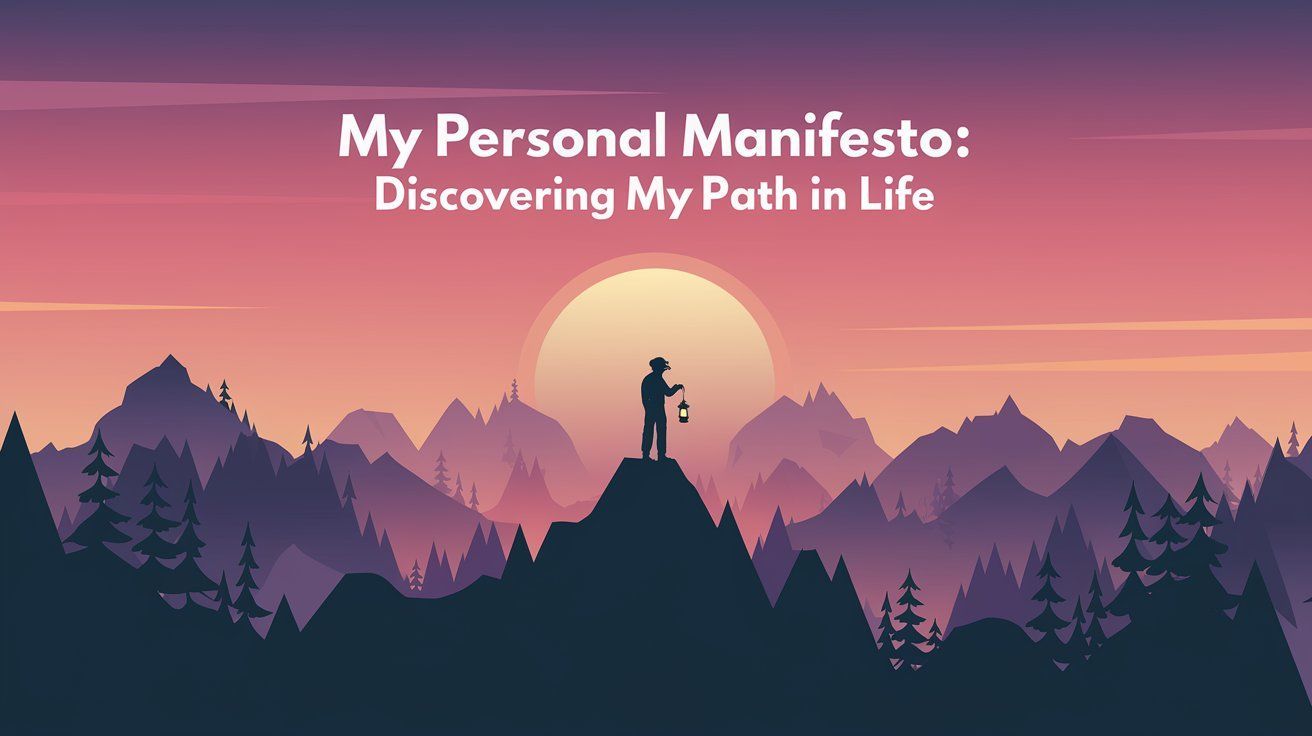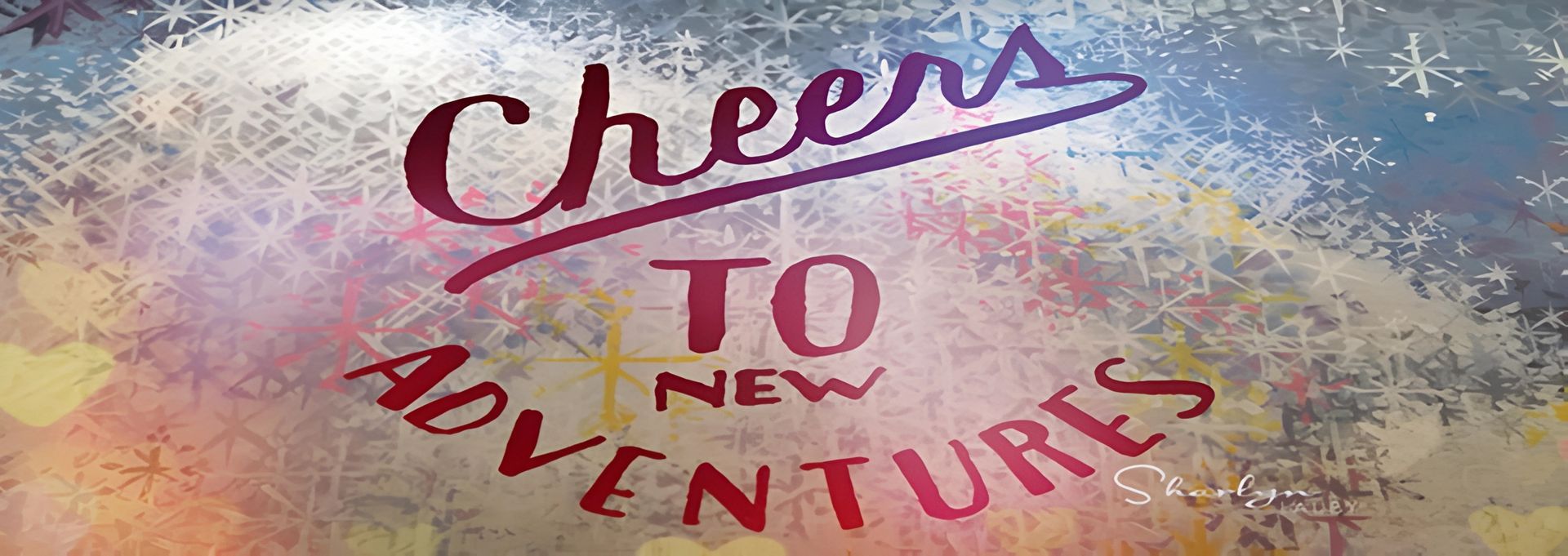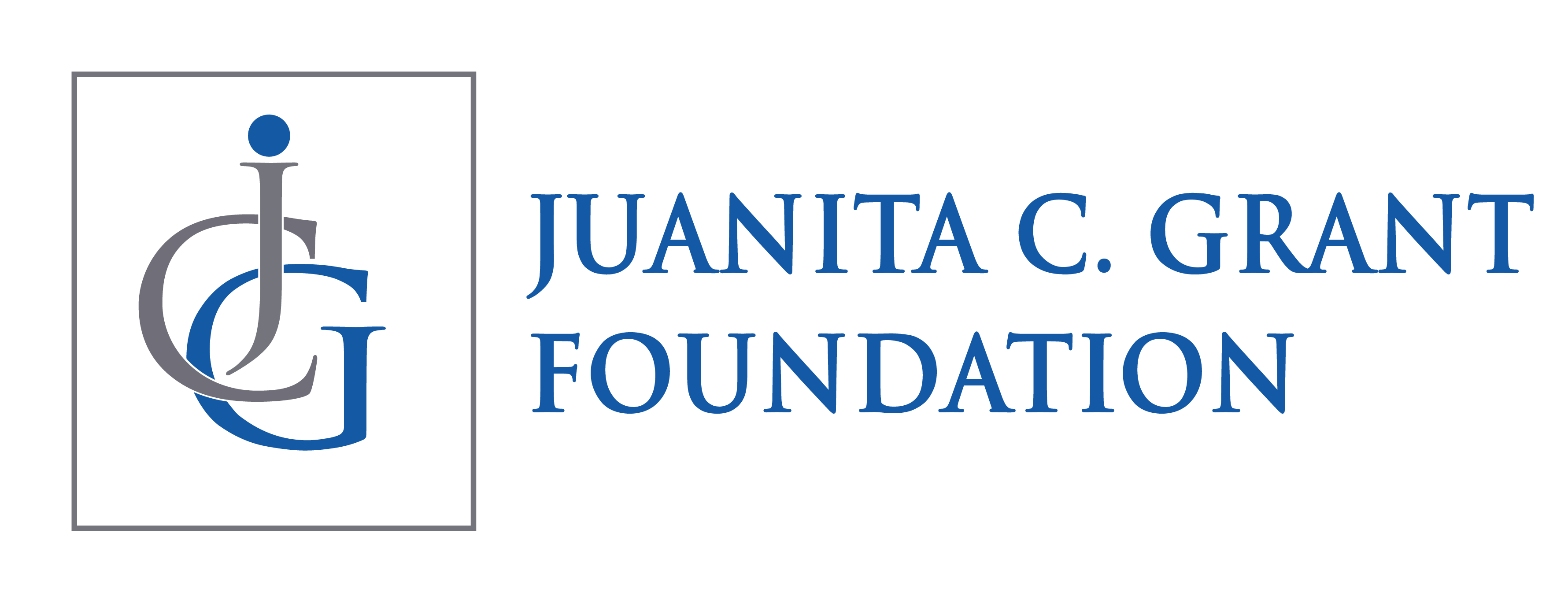Could You be a Writer?

When we think of writers, it’s usually someone typing away on a computer and writing the next great novel. We read about writers who work for 8 hours a day (world-famous Nora Roberts, for example), and writers who persevere until they publish their first book – then keep going!
That’s one kind of writer, to be sure. But the world of writing is so much more than creative writing or fiction writing. There’s technical writing, marketing writing, proposal writing. There are even people who specialize in writing Alt Text, which describes document graphics for people who are visually impaired.
Writing is a great job – most writing can be done remotely, and often does not require specialized credentials. You should know how to use Microsoft Word or other word processors as a start. It also takes some discipline and research to explore what kind of writing you can do. Do you have a great vocabulary, know grammar, and like to explain things clearly? Technical writing might be good for you. It you like the idea of getting people excited about a project, you might enjoy proposal writing.
But how do you get started? Fire up your online search engine and take it for a ride. Google “proposal writers,” “technical writers,” or “copy writers.” Take a close look at the requirements – can you apply if you just know who to write? Also take a look at results that explain how to be a writer. If the idea of writing proposals intrigues you there’s a place for that (APMP). There are a lot of resources online that can help you (start with this one:
How to be a Writer). And, check out your local library and community college for relevant programs. There’s a world of writers out there – come join us!
Cynthia Weinmann, MS, CP APMP
Strategy Horizon Consulting - The Future is in Sight
Louisville, Kentucky Area
Must Read Newsletter
Sign up for news and events
Newsletter
Most Popular
